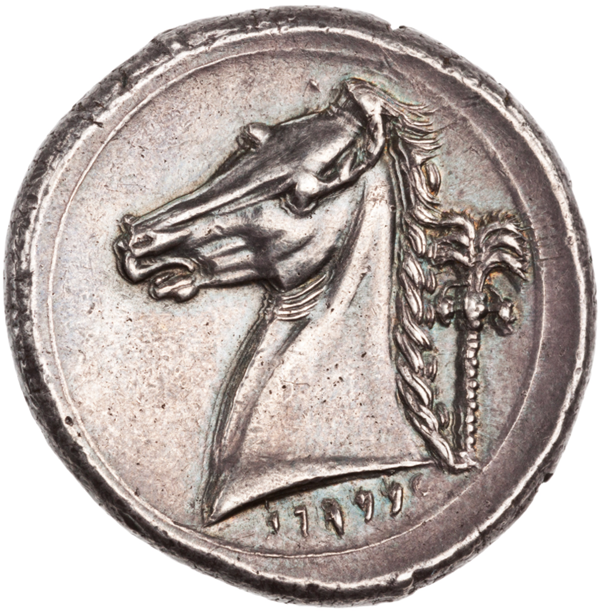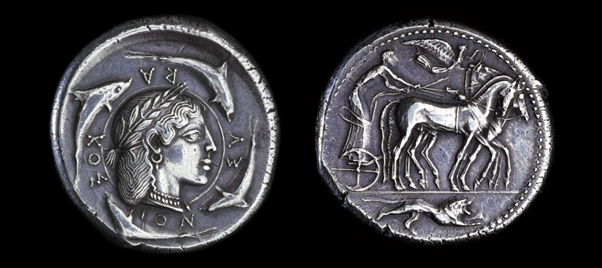
#EpigraphyTuesday - Kicking off with a bit of Nero and Poppaea graffiti from Pompeii, with these verse inscriptions from the House of Gaius Julius Polybius (IX.13.1-3). #AGOTD #Graffiti
Image: Authors photograph of Année Epigraphique (1985) 283 and 204 (2004: 404)
Image: Authors photograph of Année Epigraphique (1985) 283 and 204 (2004: 404)

The inscriptions themselves would seem to commemorate gifts offered by Poppaea and Nero to the goddess Venus, perhaps at the time of the emperor's visit to Pompeii in AD 64. 

The first records a gift of Poppaea:
"munera Poppaea misit Veneri sanctissimae berullum helenumque / unio mixtus erat"
'Poppaea sent as gifts to most sacred Venus a beryl, an ear-drop pearl - oh, and a bloody big pearl besides!'
"munera Poppaea misit Veneri sanctissimae berullum helenumque / unio mixtus erat"
'Poppaea sent as gifts to most sacred Venus a beryl, an ear-drop pearl - oh, and a bloody big pearl besides!'
The latter refers to Nero:
"Caesar ut ad Venerem venet sanctissima ut tui te vexere pedes / caelestes Auguste milia miliorum ponderis auri fuit"
'When Caesar came to most scared Venus, when your heavenly feet carried you here, Augustus, there was a countless weight of gold'
"Caesar ut ad Venerem venet sanctissima ut tui te vexere pedes / caelestes Auguste milia miliorum ponderis auri fuit"
'When Caesar came to most scared Venus, when your heavenly feet carried you here, Augustus, there was a countless weight of gold'

The context of these graffiti is unusual to say the least for commemorating official offerings to a goddess, so they may instead reflect some tongue-in-cheek observations about the wanton indulgence of the imperial couple, or perhaps they are intended as a slight...
...suggesting that actually Nero and Poppaea were in fact rather stingy in supporting the people of Pompeii, despite the fact that Poppaea may have been connected to the area by birth.
For more on Poppaea and Pompeii, see:
KRAGELUND, PATRICK. “THE TEMPLE AND BIRTHPLACE OF DIVA POPPAEA.” The Classical Quarterly, vol. 60, no. 2, 2010, pp. 559–568.
jstor.org/stable/40984831
#EpigraphyTuesday #AGOTD #Graffiti
KRAGELUND, PATRICK. “THE TEMPLE AND BIRTHPLACE OF DIVA POPPAEA.” The Classical Quarterly, vol. 60, no. 2, 2010, pp. 559–568.
jstor.org/stable/40984831
#EpigraphyTuesday #AGOTD #Graffiti
• • •
Missing some Tweet in this thread? You can try to
force a refresh
















